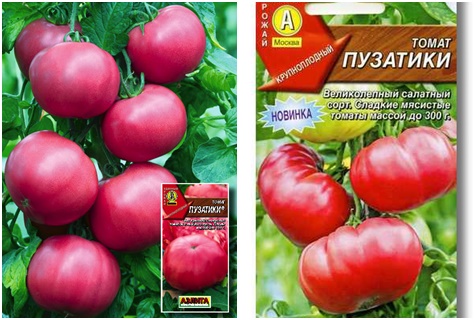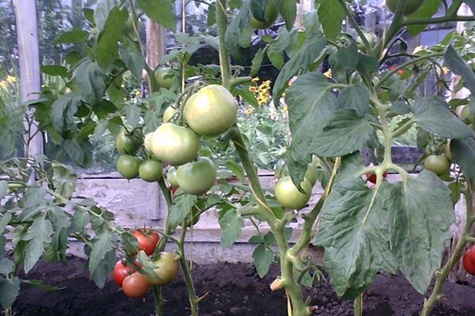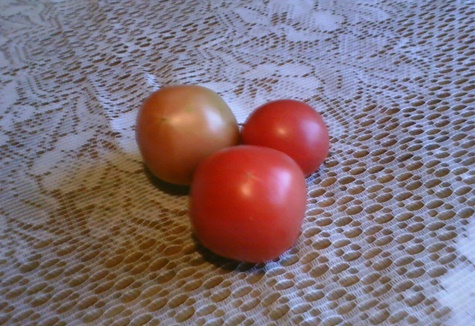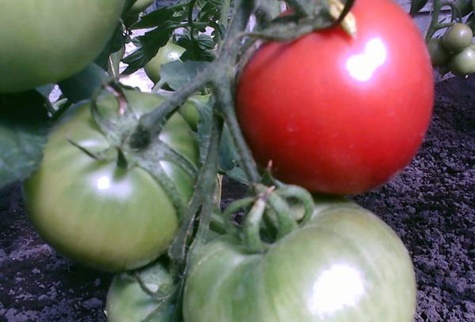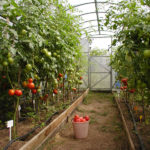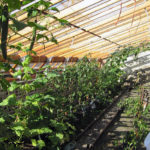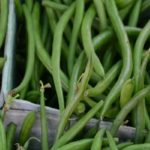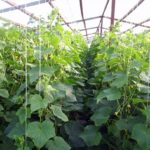Tomato Puzatiki is a completely new variety. The variety was added to the State Register in 2015. Few summer residents have heard of the variety, much less grown it. New varieties always have improved characteristics and are of particular interest to experimental summer residents.
Description and main characteristics
The tomato variety is suitable for growing in any climatic zone of the country. The originator, Agrofirm Aelita, guarantees a successful harvest of tomatoes in open ground, greenhouses, and under temporary shelter.
The characteristics and description of the variety from the manufacturer provide a complete description of the plant. According to the timing of fruit ripening, the Puzatiki variety belongs to the group of mid-early tomatoes. The duration of the period of fruit formation and ripening is 110-115 days.
Salad variety, productive. The yield of one bush in the ground (greenhouse) is within 3-4 kilograms. The plant is determinant (in a greenhouse it can develop as a semi-determinate plant), medium-sized (65-75 cm in the ground), in a greenhouse specimens grow up to 105 cm. The bushes require garter, they should be formed according to the pattern of 2 stems.
The pink-red pulp of the fruit has a good taste and a high content of sugars and lycopene. The weight of large, fleshy fruits can reach up to 300 g. The skin of the fruit is pink, strong, smooth, the shape of the fruit is flat-round. Number of cameras – 4.
The diameter of the largest fruits is 9-10 cm. The density of the pulp is sufficient for the use of Puzatiki tomatoes for canning purposes. This variety is ideal for salads. Fruiting is extended, in the greenhouse it lasts until frost.
Advantages of the variety
| Advantages | Flaws |
| Puzatiki variety is resistant to temporary spring temperature drops | prevention of blossom end rot is required |
| Productive, up to 4 kg per bush | requires good lighting throughout the growing season, even weak shading impairs development and reduces yield |
| resistant to fusarium | |
| good salad taste | |
| large fruits |
Tomato diseases
Puzatiki tomato bushes need urgent treatment if signs of blossom end rot appear on the fruit - a brown spot in the upper part of the fruit. Infected fruits must be destroyed and burned.
Preparations for treating bushes against blossom end rot:
- Calcium chloride.
- Fitosporin-M.
Prepare a solution from water (10 l), one ampoule of calcium chloride and one teaspoon of Fitosporin-M. Treat (spray) the bushes in the morning. It is permissible to spray at an air temperature of at least 15 °C.
Features of care and planting
60-day-old seedlings are planted in the ground (greenhouse). The soil should warm up to 15 °C by the time of planting. You can place 3 to 4 plants per square meter. Add to the hole when planting:
- a handful of ash;
- 5 g “AVA supermarket” or other complex fertilizer for tomatoes.
A week before transplantation, water the holes with a solution of the drug “Fitosporin-M”: add a tablespoon of the product to 10 liters of water. The recommended distance between planting holes is 40 cm, between two rows - 60 cm.
After 2 weeks after transplanting the plant, feed it with slurry or a 5-day infusion of grass with the addition of urea. The proportion of the feeding solution is 1:10.
Watering
Watering after transplanting seedlings into the soil is carried out by assessing the moisture content of the top layer of soil and air temperature. When the temperature drops below 10 °C, they are stopped; in other cases, they are watered when the top layer dries. Be sure to remember to loosen the soil the next day after watering.
At the height of summer, when daytime temperatures are high, water every 3-4 days. In August, with a decrease in average daily temperatures, watering is reduced; one full watering of tomatoes per week is enough.
Top dressing in summer
In July, the ovaries are actively forming and feeding is needed. As a fertilizer, use liquid fertilizer - “Vericohumus for vegetables and tomatoes”. Dissolve 1 tbsp in water (5 l). l., water at the root. At the end of July, treat with a solution of the Zircon preparation (drop per liter).
Sowing seedlings
Sow seeds for seedlings in early to mid-March. Before sowing, check the seeds for germination, or discard them by soaking them in slightly salted water. Leave the seeds that have settled to the bottom. Transplant into the greenhouse in the last ten days of April.
After germination, seedlings should be illuminated with a phytolamp. The total daylight hours are 14-15 hours. Water once a week, feed 2-3 times with vermicompost before replanting. In the middle, dive into separate cups.
Transplant into the greenhouse at the end of April, into the ground at the end of May (depending on the weather).
The variety is new, deviations from the description given by the manufacturer are possible. It’s worth trying the variety in any case, the reviews about the taste are excellent, and the yield should be checked through personal experience.

